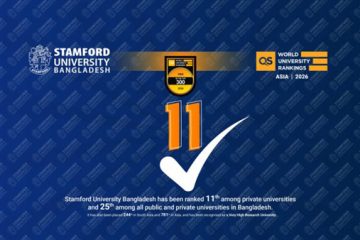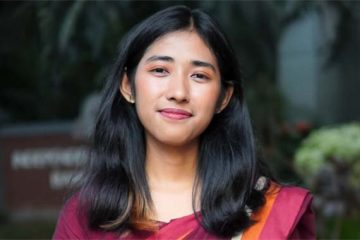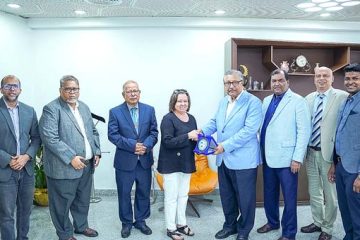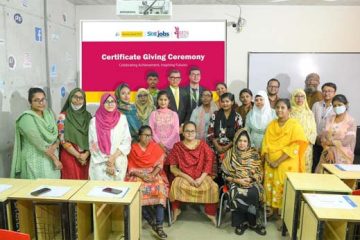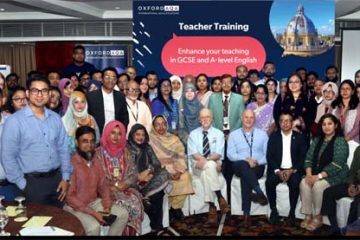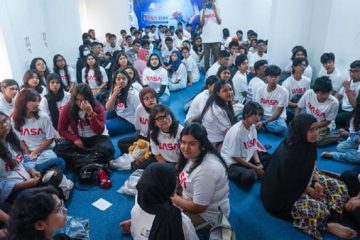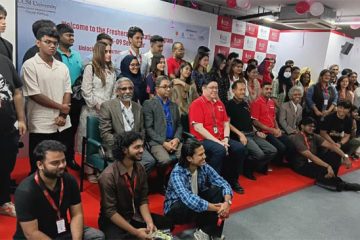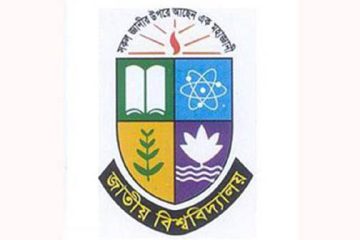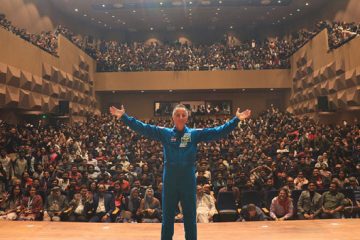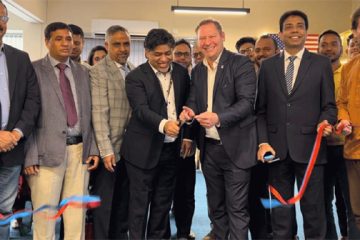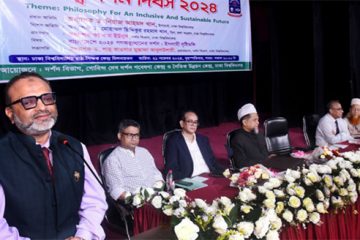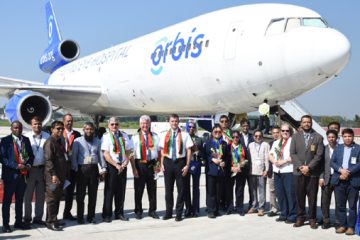Half of the rural people, who make up over 70 percent of the country’s total population, do not seek treatment for their illnesses from anybody because of poverty, ignorance, distance barriers and cultural shyness, reveals a study of ICDDR,B.
The study conducted by the center’s Social and Behavioral Sciences Division in rural settings says that 53 percent of the rural people, who are of low-income group in general, possess insufficient money to consult a healthcare provider and depend on home remedy to come round automatically over time.
It says the majority of people who, however, seek treatment mostly depend on quacks, who include allopathic village doctors, homeopath practitioners, paramedics, ‘kabiraj’ as well traditional and religious healers.
Only one in seven people, who seek treatment, go to qualified MBBS doctors, says the study which was conduced over 6,183 individuals in Chakaria in Cox’s Bazar district in order to know the type of diseases the villagers suffer from and their health- seeking behaviour.
Funded by the Department for International Development (DFID), The United Kingdom, the study also examined the males’ influence, especially husbands, over wives’ decisions to report illness to doctors. It found that the decisions related to women’s health needs are dominated by the males around her, especially by husbands.
“Findings from Chakaria can be generalized for the rest of Bangladesh, where situation of rural health system is almost identical,” Dr Mohammad Iqbal, a key investigator of the study, told BSS on Thursday.
He said the informal healthcare providers, especially village doctors who include drug sellers and government-trained physicians, found to be key actor in rural heath services.
Cold and fever were the two most common diseases in Chakaria, an area having a combination of plainland, hills and low-land with hills in the east and the Bay of Bengal on the west.
The other diseases reported during the baseline study are muscle and joint pain, peptic ulcer, dysentery, neurological disorders and respiratory tract infections.
The gastrointestinal problem among the poor was higher than the rich, possibly because of the poor people often miss meals, do consume excessive dry chillis and take unhygienic food from streets. The aged rich on the other hand were found to be suffering from muscle and joint pain because of overweight or high body mass indexes (BMI).
SMA Hanifi, an assistant scientist and is now involved in midterm and end-line review of the original 2007 baseline study, said they have intervened into the problems in the area to check inappropriate and harmful uses of medicine by the informal healthcare providers, popularly known as village doctors.
Things have, however, started showing a positive trend towards curtailing the trend of prescribing harmful drugs by the village doctors, he said referring to the findings of the mid- term review of 2008-’09 of the five-year action-research.
The final review is under process and scheduled to be made public by the 2010 project deadline, he observed.
Dr Iqbal said the health-seeking pattern of the villagers showed that the village doctors are the most popular healthcare providers in rural areas.
As the country lacks in severe shortage of qualified doctors and it cannot be filled in decades, Iqbal came up with a suggestion that the allopathic village doctors could be trained immediately and utilized to serve the country’s majority of population at least costs.

